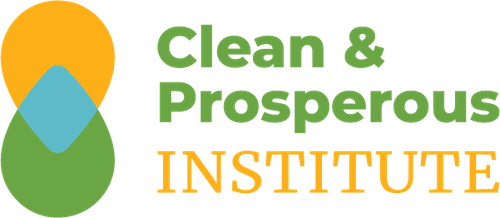Appendix A provides supporting material for CaPI’s analysis of Initiative 1631 (Protect Washington Act) Prospects for eliminating 20 million tons of carbon pollution annually in 2035.
Initiative 1631 directs a minimum of 15% of the Clean Air & Clean Energy Account plus utility retained credits towards:
“…sufficient investments to eliminate net increases in energy burden of customers that are people with lower incomes as a result of actions to reduce pollution, including the requirements of this act. At a minimum, fifteen percent of credits must be dedicated to investments that directly reduce energy burden on people with lower incomes. Additional funds must be allocated for program development, recruitment, enrollment, and administration to achieve the intent of this subsection.”
There is no maximum threshold set on percentages these “sufficient investments” and “additional funds” can reach. I-1631 defines “people with lower incomes” as:
“(a) All Washington residents with an annual income, adjusted for household size, which is at or below the greater of:
(i) Eighty percent of the area median income as reported by the federal department of housing and urban development; or
(ii) Two hundred percent of the federal poverty line; and
(b) Members of an Indian tribe who meet the income-based criteria for existing other means-tested benefits through formal resolution by the governing council of an Indian tribe.”
To project the potential for revenue to be used for relieving the energy burden of people with lower incomes CaPI examined data on median household income by county (American Community Survey (ACS), 2016) and the share by county of income to poverty levels (also from the ACS, 2016). By this method, 39.7% of the populations would be covered by either the federal poverty line or the area median income designation. Including 40.8% in rural counties and 39.4% in urban counties. Of the statewide total, 26.6% of the population would be covered under the federal poverty designation (blue bars in Figure A1) and 13.1% additional population covered under the eighty percent of area median income definition (orange bars in Figure A1). In rural counties, the break-down is approximately 36.2% and 4.6%, respectively, while in urban counties it is 24.0% and 15.4%, respectively. Of a total population eligibility of 2.8 million, roughly 2.2 million are in urban counties and 0.6 million are in rural counties (black line, Figure A1).

Table A1: Share of the Carbon Fee Burden by Income Decile (Brookings Institute, 2016)
Considering the first four income deciles, the cumulative burden of a carbon tax is roughly one-quarter of the total. Therefore, CaPI assumes 26% as the high-end estimate of revenues from the fee that could be allocated to eliminating the energy burden. If this need were met by simply allocating funds to the first listed priority category (“Energy affordability through bill assistance programs and other similar programs;”) these funds would not reduce any carbon pollution, and could further dull the price elasticity impact – an effect we make no attempt to model. Alternatively these funds could have a minimal or lower impact on reducing carbon pollution if they proved to be very high-cost approaches to reducing carbon (some analysis has shown certain priority uses of the energy burden elimination funds, such as public and shared transportation for access and mobility; weatherization; and community renewable energy projects could fall into this category).
